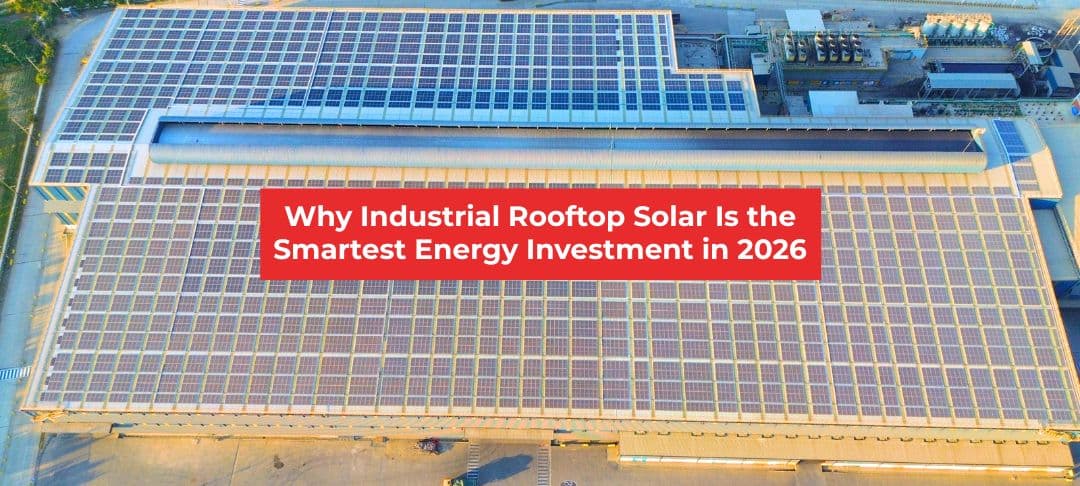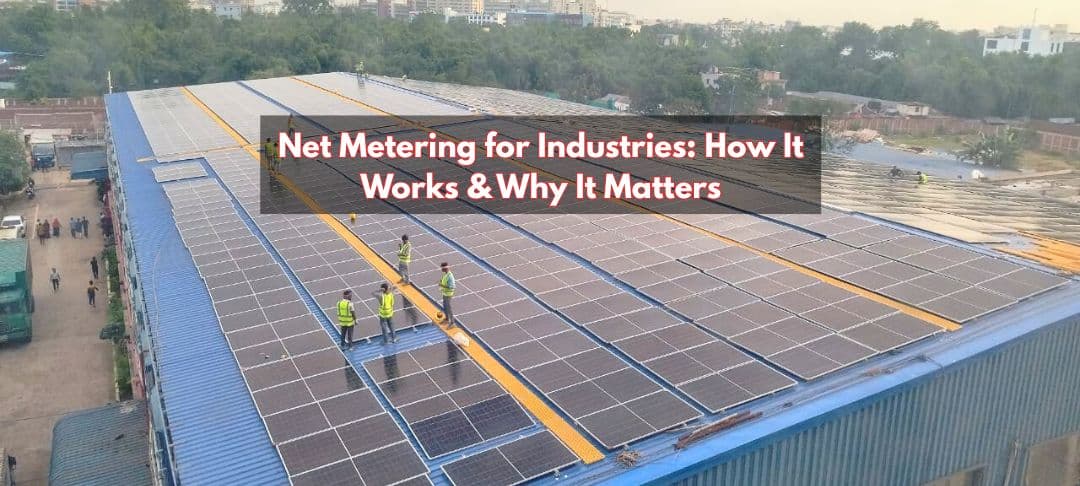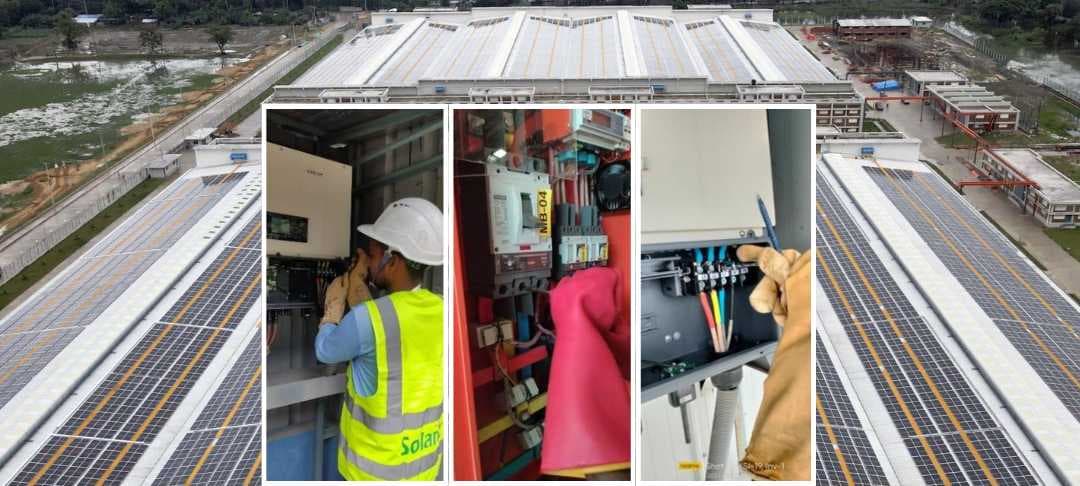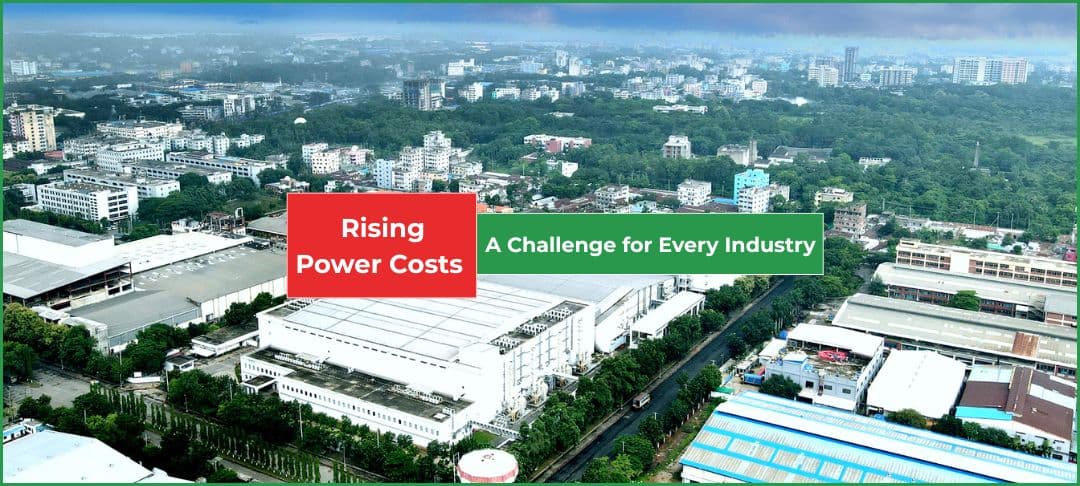Renewable Energy in Bangladesh: Barriers and Limitations
Published at - December 10, 2021
Renewable Energy in Bangladesh: Barriers and Limitations
Bangladesh is progressing steadily with its development in renewable energy generation technology and projects. Bangladesh already produces 3% of its energy from renewable sources in 2021. However, the government is planning to raise it to 40% by 2041. Recently, we have witnessed many new plants and projects which brings many promises. However, there are some barriers Bangladesh faces adopting renewable energy as a primary source of Energy. In this blog, we will discuss the barriers as well as the limitations of renewable energy generations in Bangladesh.
There is more than one type of barrier that Bangladesh faces in adopting renewable sources in electricity generation. The barriers are namely- (i) economic and financial barrier, (ii) technical barrier, (iii) institutional barrier, (iv) informational barrier, (v) human capacity barrier, (vi) policy and governance barrier, and (vii) resource and environmental barrier.
Economic and Financial Barriers: One of the major economic barriers to renewable facilities is the high cost of PV technology. Especially, in rural areas of Bangladesh, this barrier appears evident. Rural people often are unable to afford high prized solar technology and most of them satisfy themselves with low prized bad solar panels. Therefore, they are often unable to satisfy their needs. Therefore, people are repulsive to use renewable energy as they are bound to use the supply from the grid as well.
Renewable energy may be sustainable and cost-saving when it is most effective, but its effectiveness greatly depends on the natural phenomena it depends on. For example, an overcast sky is not good news for a solar energy user. Similarly, a windless day is as bad as a windmill. When renewable energy is not as effective as expected, it is always advised to use a battery or any other storage device. Battery backup has the potential to alleviate the intermittency problem in solar and wind energy globally. However, this is still not generally accessible in Bangladesh, and even if the battery becomes available, there is a lack of infrastructure for its processing and disposal. There is also an absence of a necessary business model for solar energy. Bangladesh's grid-connected solar advancement is hampered by the lack of a commercial-scale solar industry and a market-oriented environment. Linking the incentives to the market-based price poses further complications. Furthermore, the commercialization and development of uncertain renewables, as well as the high initial capital cost and competition with Independent Power Producers (IPP), limit financing for renewable energy projects. Furthermore, the lack of a proper financial system and insufficient financial relief make it difficult for private investors to invest in renewable energy projects, which create new barriers.
Technical Barrier: To make the adoption of a technology successful, a great deal of research and innovation is needed. Unfortunately, in Bangladesh, research on renewable technology is not sufficient. The level of innovation in various renewable energy technology is unclear, resulting in a restricted grid integration facility for solar electricity. Our renewable technology is mostly imported and therefore high in the prize.
Institutional Barrier: Multiple institutions are involved, resulting in fragmentation and duplication of renewable technology. The spread of renewable energy in Bangladesh is hampered by a lack of coordination among these agencies and the lack of a single monitoring authority. Furthermore, a lengthy and complicated approval process, as well as a time lag in decision-making, add to the barriers to renewable energy uptake. Furthermore, institutions in Bangladesh do not take the initiative to engage important stakeholders (local entrepreneurs, investors, and end-users) in the development of renewable energy sources. The prospective beneficiaries' participation in renewable energy development is limited due to a lack of sufficient direction or assistance. Furthermore, the absence of precise demand estimation stymies the spread of renewable energy sources. Previously, in the South Asian setting, there was a lack of NGO presence, financial exclusion, and strong institutions as primary barriers to renewable energy technology spread. Many rural pilot projects began as a result of a collaboration between multilateral financing organizations and local institutions. However, at present, we have ample NGOs and financial institutions.
Informational Barrier: The biggest barrier in adopting renewable energy is the informational barrier. Renewable technology is often unheard of in rural areas of Bangladesh. Even in urban areas, people are more used to the energy supplied from the grid rather than renewable energy. Therefore, there is a lack of knowledge and as well as awareness of renewable energy. People, who would renewable energy as their primary energy source, are repulsive to use it because they often don’t know how it works. Industries, government agencies, policymakers, and financial institutions are all underserved when it comes to renewable energy technology development. Moreover, as users are not accustomed to using renewable technology and often there is no one to tell them how, they often make mistakes that they shouldn’t make. This, as a result, reduces the effectiveness of the technology, while rising the cost. They mark these as a bad investment and become more repulsive.
Also, there are the supply-side and demand-side informational barriers. In Bangladesh, a lack of supply-side information is a major impediment to increasing renewable energy penetration. In Bangladesh, resource potential and site-specific ground data, well-developed wind maps, technical specifications, and cost-effectiveness information are insufficient for fully realizing renewable energy's full potential. Furthermore, there is no consolidated information source. The information is dispersed among the public and private sectors, as well as research and development groups. In Bangladesh, a lack of demand-side data is a key impediment to renewable energy adoption. There is also a scarcity of information regarding cultural traits and specific demands, as well as knowledge of alternative sources. Locals sometimes believe that solar PV is the only source of renewable energy. Furthermore, consumers lack sufficient knowledge/training in terms of solar PV operation, maintenance, battery handling, and inter-seasonal performance fluctuation.
Human Capacity Barrier: One of the most odious barriers in adopting is the human capacity barrier. There are not just enough manpower to set up a powerful and highly effective renewable energy plant. Of course, there are experts and skilled engineers, but often their venture is on the highest level. For the mass, there are not enough mechanics. Most of the local solar providers are engaged in small range installation. Solar energy, for example, is most needed in rural areas. Nevertheless, the experts who will set the solar panels are small in number, if non-existent.
Policy and Government Barrier: Bangladeshi policies are developed from the top down. Generally, in Bangladesh, the government sets the policy and the action follows. The number of professionals, producers, consumers, and engineers who are willing to participate is restricted. There is not enough engagement and necessary communication between the policymakers and the experts. Furthermore, the energy industry's stakeholders are less structured, and their opinions are less taken into account when making policy decisions. Furthermore, especially in rural regions, citizen participation in renewable energy production is abysmally low. Moreover, renewable energy is not considered as a viable significant alternative by policymakers because of its intermittency. The decision to upgrade existing grid networks for integrating intermittent renewables is hampered by a lack of prioritizing, which ultimately limits penetration.
Resource and Infrastructural Barrier: Climate and Weather can killjoy for Bangladesh. The land is in increased demand for solar energy. However, there is insufficient non-cropped land available in Bangladesh, which hinders the spread of solar energy. Often, natural disasters, excessive rainfall, floods and riverbank erosion cause a great deal of trouble in producing solar energy. In case of biomass, there is a lack of knowledge and confusion about the potential of biomass energy resources, which limits biomass energy development projects. Bangladesh's wind energy potential is relatively limited, with the exception of some coastal places. Grid-scale production is also hampered by insufficient wind speed.
These are the barriers that we face in adopting renewable energy. Nevertheless, the government of Bangladesh has an elaborate plan to increase dependency on renewable energy and reduce dependency on fossil fuel. These plans must include creating stable markets for renewable technology, developing strong infrastructural bases, engaging the experts and improving the communication between the policy-makers and the experts, spreading awareness, facilitating research and innovations, conducting workshops and training programs, increasing ground-level participation and most importantly grant funding for renewable plants. With these arrangements, Bangladesh will progress furthermore with its quest to increase renewable energy uses and will be self-sufficient.



